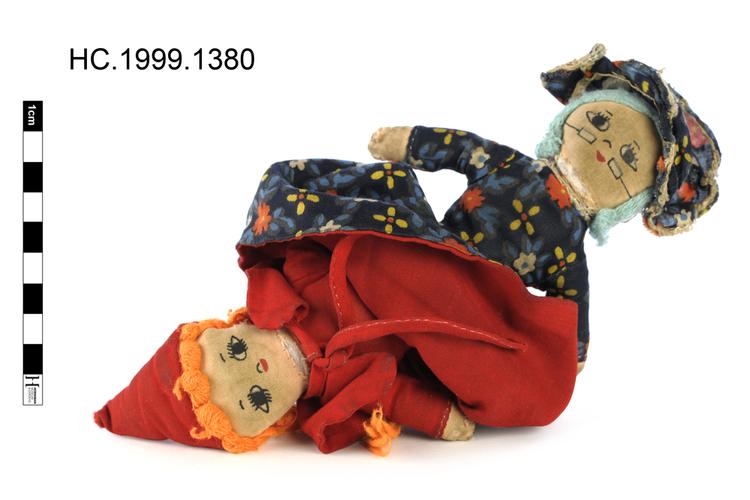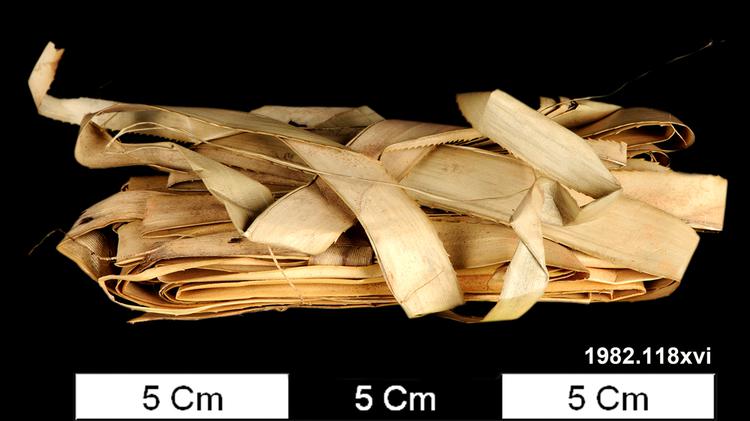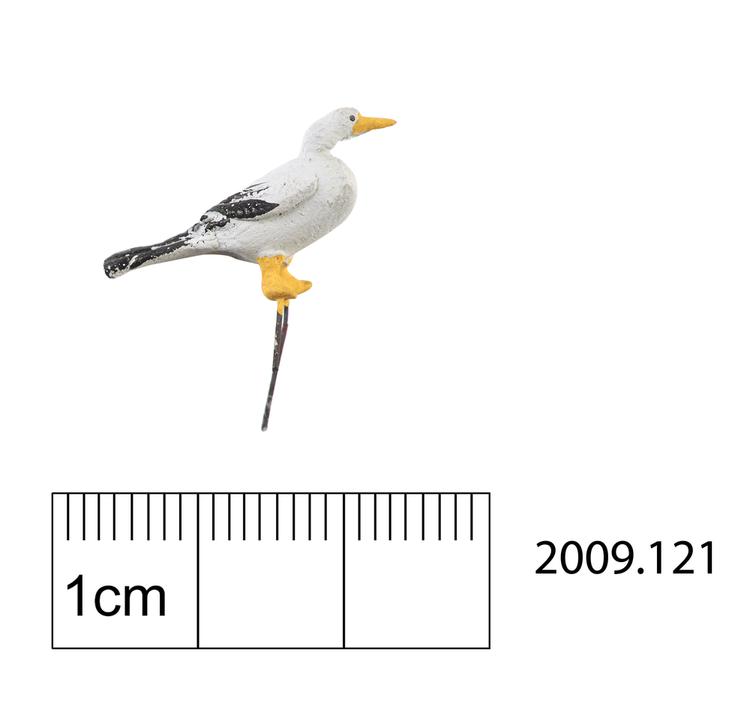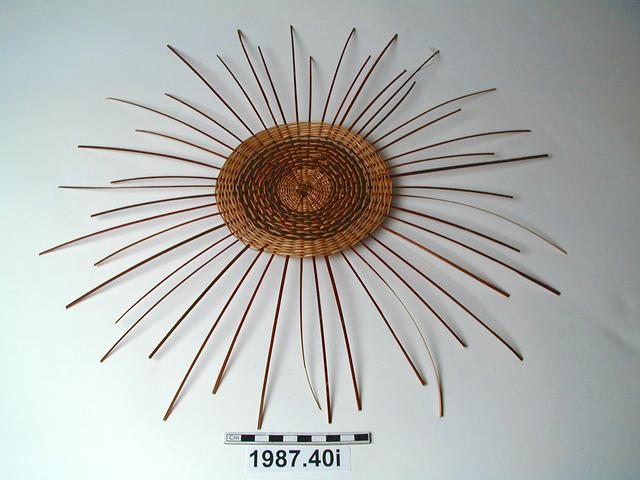
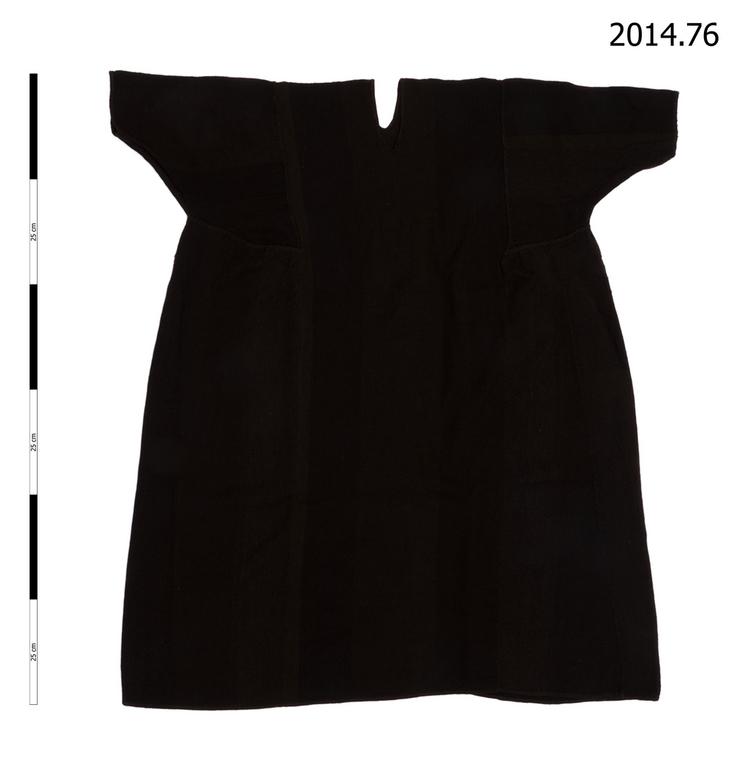
Dress or 'piran', woollen.
This woman's dress or ‘piran’ is made in the traditional style (not evidenced since the 1990s). It was hand woven in 2013 on a simple loom using the wool of black sheep by Karim, a school teacher from Krakal village in the Kalash Valleys. Karim made it partly for sale to tourists and partly because he was interested in traditional Kalasha crafts. According to the anthropologist Wynne Maggi the shift from traditional woollen dresses to the cotton dresses worn today came in the late 1970s (Maggi 2001: 108). A Deputation of Kalasha women had travelled to Karachi in order to participate in a festival of folk dance. Karachi is considerably hotter than the Kalash Valleys and the women were suffering in their woollen dresses, so they remade them in a much lighter cotton. When they returned to the Kalash Valleys the dancers continued to wear their new cotton dresses and the fashion caught on. Modern dresses are of black cotton or cotton-nylon mixes bought in the bazaar. They are heavily embroidered in synthetically dyed wool (see objects 2014.78 - 85). Modern dresses are worn in the same way as traditional dresses with a sash around the waist. Excess fabric is pulled up over the sash to form a ‘wei’ or pouch in which lots of different things can be carried or hidden. Women wear their dresses at all times when at home or moving around the Kalash Valleys. The only time when women might wear different clothes is to change into the traditional Muslim shalwar quameez in order not to standout when travelling outside the Kalash Valleys. Little girls are first dressed as Kalasha women when they are around two or three years old during the gostnik ceremony, which takes place during the chaumos winter solstice festival. Little boys are dressed as Kalasha men during the same ceremony, however Kalasha men very rarely wear traditional dress, typically the clothes they seen in are identical to those of their Muslim neighbours. The gostnik ceremony is very important as it marks the transformation of children into full members of the Kalasha community.



